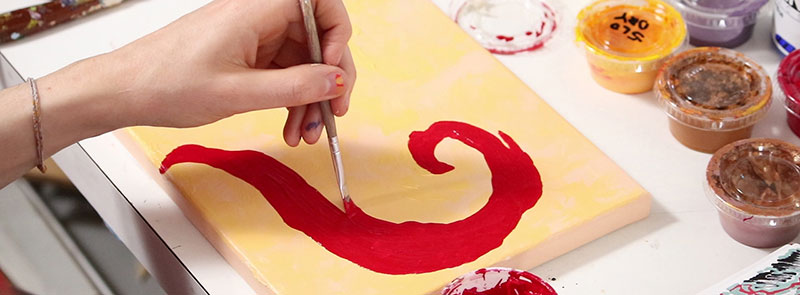Learn the fundamentals of drawing the human figure by developing a base knowledge of human anatomy.
Lesson 1 • Lesson 2 • Lesson 3
Lesson 4 • Lesson 5 • Lesson 6
You’ll have the option to draw with either digital or traditional drawing media to explore the structures of the human figure, while developing skills in both quick gesture drawings and sustained drawings.

Pacing
Do the track at your own pace! Taking the time to process the content is important, and so we don’t advise putting pressure on yourself to finish the track quickly.
Remember to have fun and enjoy the process of learning.

Traditional Drawing Media
Supply Lists
Visit these pages for specific supply lists: colored pencil, conté crayon, graphite, soft pastel, oil pastel, pencil, charcoal. Explore a comprehensive list of all drawing supplies in Part 1 of our Drawing Curriculum.

Anatomy Books
There are many anatomy books you can explore, our recommendation is Dr. Paul Richer’s Artistic Anatomy. This book is relatively inexpensive, and has very simple drawings and diagrams that are accessible and easy to follow.
Some anatomy books are very fancy, with intricate full color diagrams and way more information than most artists need. Often times, all of that information can become a big distraction and make it hard to stay focused. See our complete list on our Anatomy Resources page.
Lesson 1
Prompt
2-5 minute gesture drawings from Eadward Muybridge’s The Human Figure in Motion.
Lesson 2
Lesson 3
Lesson 4
Lesson 5
Lesson 6

Finished?
- Submit your track artworks here.
- We’ll feature your artwork in a live stream!
- We’ll add you to our student galleries.






















